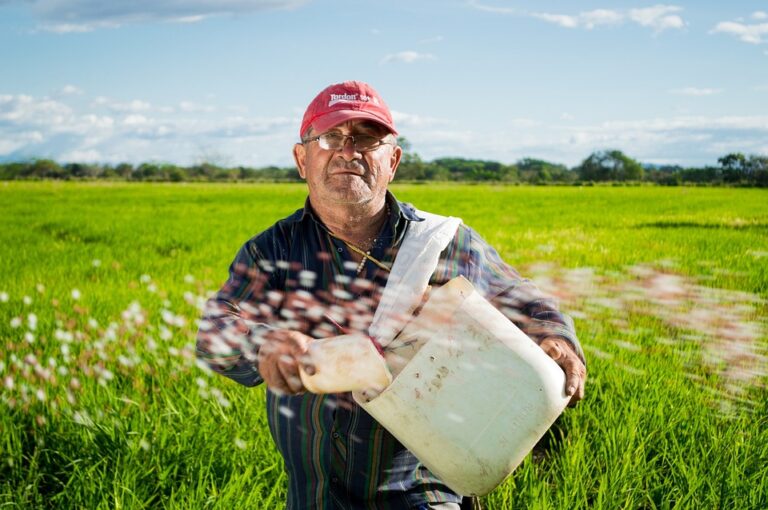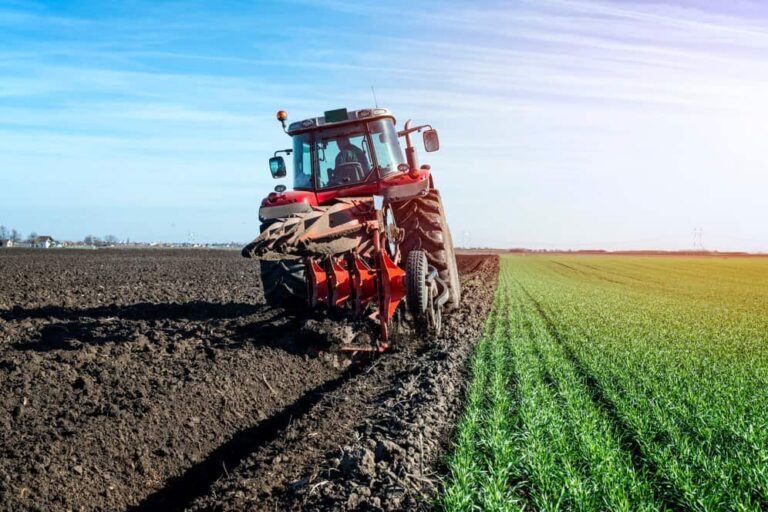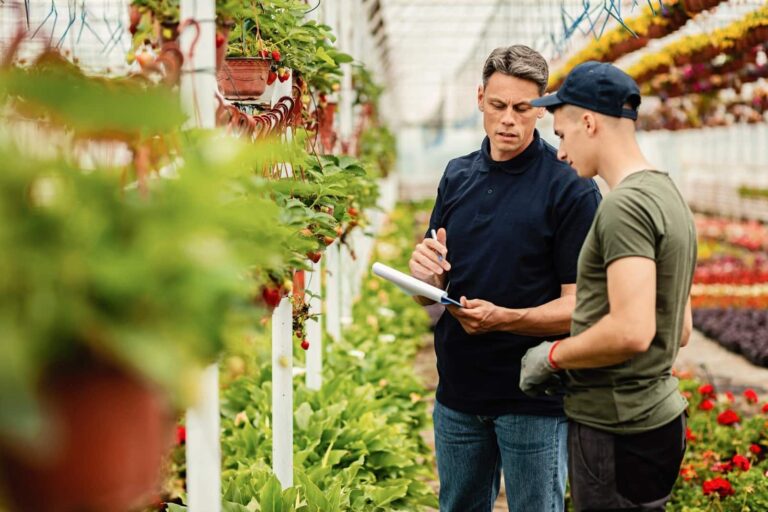Permaculture farming is an innovative agricultural approach designed for the sustainable and self-reliant cultivation of ecosystems. It orchestrates the interplay among food production, habitation, energy, waste management, and community networks in a synergistic cycle that promotes mutual support and resilience. This method aligns with natural ecological processes, fostering a harmonious integration of human activities with the environment.
The Significance of Permaculture
The rationale behind permaculture’s rising popularity lies in its proven effectiveness as a method for creating sustainable, adaptable, and self-sufficient systems. Its flexibility across various climates and cultural zones meets the agricultural needs of an expanding global population, making it a critical tool in addressing modern environmental challenges.
Foundational Ethics of Permaculture Farming
Permaculture is anchored in three core ethics:
- Earth Care: Advocates for practices that sustain and enhance the earth’s ecosystems rather than depleting or harming them;
- People Care: Emphasizes cooperation and mutual support within communities, fostering environments where both people and nature thrive;
- Fair Share: Urges the judicious use of scarce resources, ensuring equitable access and distribution to preserve these resources for future generations.
Key Benefits of Permaculture Techniques
- Cost-Effectiveness: Utilizes organic waste as fertilizer, reducing expenses on synthetic inputs;
- Waste Minimization: Recycles waste back into the ecosystem, dramatically reducing waste output;
- Reduced Chemical Exposure: Employs natural fertilizers and pest control, limiting chemical use and exposure;
- Pollution Reduction: Natural farming methods minimize pollution;
- Zoning for Efficiency: Organizes crops based on their maturation and care needs to optimize harvesting;
- Diversity and Resilience: Supports the cultivation of a wide range of products, enhancing biodiversity;
- Promotion of Green Products: Favors the use of natural inputs, contributing to the production of environmentally friendly goods;
- Environmental Restoration: Aids in creating self-sustaining agricultural systems that contribute positively to the environment;
- Rainwater Harvesting: Encourages the use of rainwater for irrigation, reducing water usage;
- Prevention of Land Degradation: Integrates organic material into the soil, improving its fertility and structure.
Guidelines for Initiating a Permaculture Farm
- Climate and Topography Assessment: Begin with an understanding of your local climate and topographical features;
- Soil Remineralization: Establish a composting area to enhance soil fertility;
- Water Management: Develop a reliable water supply and implement rainwater harvesting to improve soil fertility;
- Soil Conditioning: Employ methods such as plowing, mulching, and microbial inoculation to enrich the soil.
Distinguishing Permaculture from Organic and Biodynamic Farming
| Aspect | Permaculture Farming | Organic Farming | Biodynamic Farming |
|---|---|---|---|
| Focus | Ecosystem sustainability and self-sufficiency. | Soil health and consumer well-being. | Astrological influences on agricultural practices. |
| Methodology | Mimics natural ecosystems; integrates various elements. | Promotes natural fertilizers and pest control. | Combines ecological practices with cosmic rhythms. |
| Crop Diversity | Encourages a wide range of crops and integrated pest management. | Focuses on high yields with monitored pest control. | Uses an ecological and spiritual approach. |
| Water Management | Shapes gardens based on water catchment. | Efficient use of water without specific catchment design. | Employs traditional and ecological water management. |
| Labor and Harvest | Shares harvests with working animals; employs integrated systems. | Mostly human labor; products ripen simultaneously. | Relies on ecological indicators for farming activities. |
Conclusion
Permaculture farming stands at the forefront of a global shift towards sustainable agriculture, offering a blueprint for harmonizing human activity with the natural world. Its principles of earth care, people care, and fair share reflect a deep commitment to ecological stewardship and community well-being. By adopting permaculture practices, we not only enhance our immediate environment but also contribute to a larger movement aimed at healing our planet and securing a viable future for subsequent generations.
This approach transcends traditional farming methods, integrating ecological wisdom with innovative agricultural practices to create self-sustaining ecosystems that are both productive and resilient. As we look towards the future, permaculture offers a hopeful and actionable path forward, inviting us to rethink our relationship with the earth and each other. It is a call to action, urging us to cultivate not just crops, but a deeper sense of connection and responsibility towards the world we inhabit. Embracing permaculture is not just a choice, but a necessity for creating a sustainable and flourishing world.











